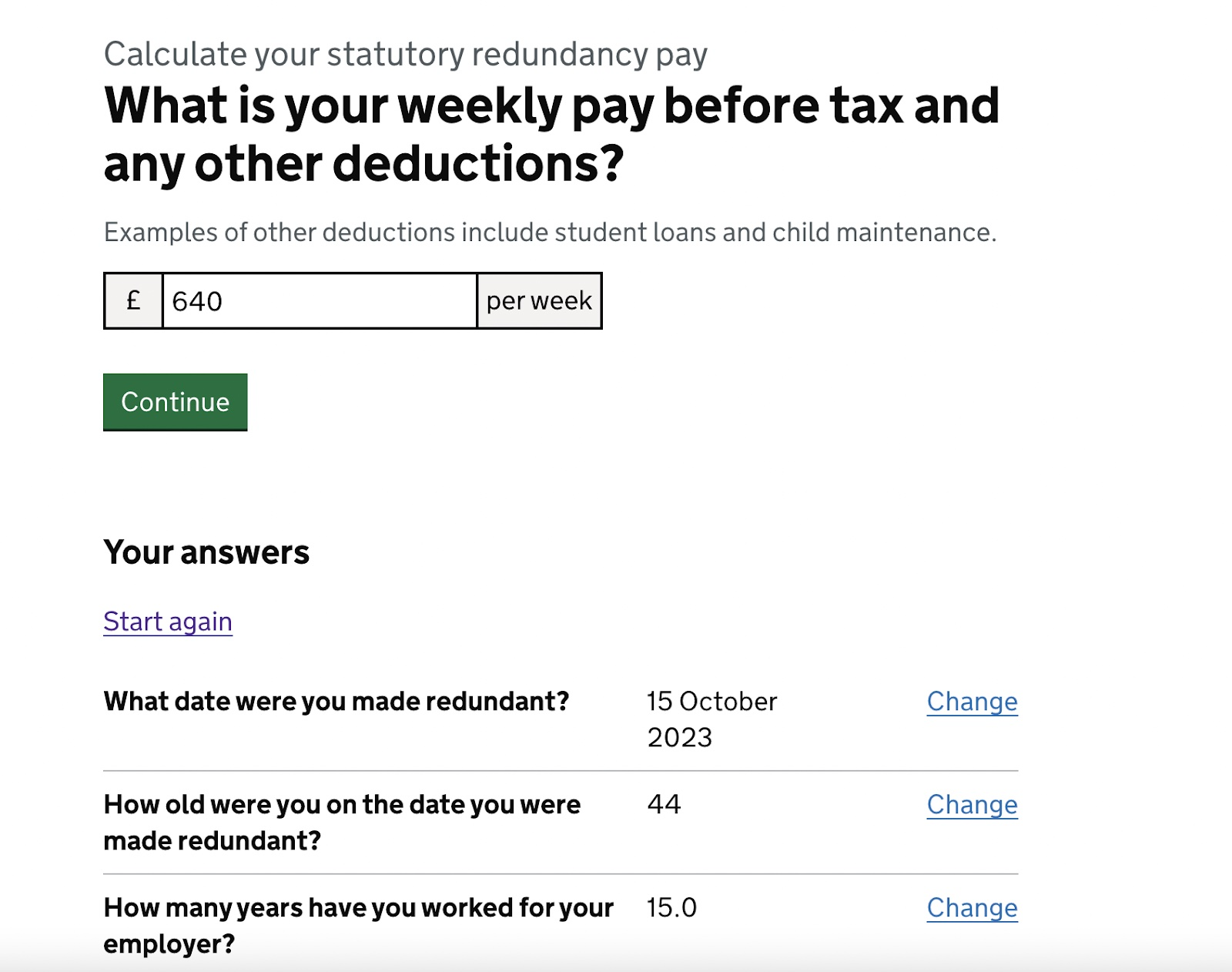Who Pays Redundancy Money? Recognizing Company Obligations in the UK
Who Pays Redundancy Money? Recognizing Company Obligations in the UK
Blog Article
Examining the Interaction Between Company Redundancy and Business Adaptability for Future Development
In the vibrant landscape of today's organization world, the elaborate partnership between business redundancy and organizational versatility arises as an important factor for sustained growth and success. Companies typically encounter the difficulty of striking a fragile equilibrium between preserving a degree of redundancy to alleviate threats and cultivating versatility to respond quickly to the ever-evolving market demands.
Value of Company Redundancy
Firm redundancy is an essential aspect that improves organizational durability and mitigates functional risks. By incorporating redundancy steps within the organizational framework, companies can better withstand unexpected disruptions and fluctuations in business setting. Redundancy serves as a critical barrier, enabling business to adapt and react properly to unanticipated difficulties without jeopardizing necessary procedures.
One secret aspect of the importance of business redundancy is its function in guaranteeing continuity throughout times of dilemma. When faced with sudden adjustments or emergency situations, redundant systems, sources, or workers can step in to maintain critical features and avoid widespread disturbances. This continuity not only safeguards the company's reputation and consumer depend on but additionally reduces financial losses and functional downtime.

Methods for Business Flexibility

Another critical strategy is investing in innovation and facilities that can sustain flexibility and scalability. Executing digital devices, automation, and information analytics can simplify procedures, boost performance, and provide important understandings for notified decision-making. Additionally, developing versatile business frameworks that permit for fast changes to market characteristics and consumer demands is vital for remaining affordable in a quickly progressing atmosphere. By proactively determining prospective interruptions and opportunities, organizations can proactively flourish and adapt in an ever-changing business landscape.
Harmonizing Redundancy and Versatility
Achieving a harmonious stability between operational redundancy and business adaptability is extremely important in browsing the complexities of a vibrant service environment. Redundancy within a firm supplies a safeguard, making sure continuity and security in operations. However, an extra of redundancy can result in inefficiencies and prevent adaptability to transforming market problems. On the various other hand, business adaptability permits companies to respond without delay to external disturbances and seize brand-new opportunities. Striking the right equilibrium in between redundancy and versatility is a delicate procedure that requires a deep understanding of the company's objectives, sector dynamics, and danger tolerance.
To achieve this balance, business need to carry out routine evaluations of their operations to determine areas where redundancy is required for risk mitigation and where versatility can drive advancement and development. Applying adaptable frameworks, promoting a culture of constant discovering and renovation, and urging open interaction throughout all levels of the organization are key strategies to harmonize redundancy and flexibility properly. By straightening these 2 important components, firms can place themselves for sustainable growth and success in an ever-changing business landscape.
Study on Adjustment Success
In examining instances of successful business adjustment, it comes to be evident visit this site that the interplay between operational redundancy and flexibility is a specifying aspect in shaping durable services. A DVD rental service, Netflix demonstrated exceptional flexibility by transitioning right into a streaming system when digitalization interrupted the sector. These instance researches emphasize the value of functional redundancy paired with business this article flexibility in cultivating lasting development and competition.
Building Strength for Future Development
Structure durability for future growth calls for a tactical alignment of functional processes with market characteristics and arising trends. Business must adjust to altering settings by fostering a culture of adaptability, advancement, and continuous renovation.
Furthermore, cultivating strong partnerships with stakeholders, such as clients, workers, suppliers, and the neighborhood, is crucial for weathering unpredictabilities and maintaining count on and assistance throughout rough times. Reliable communication and transparency play an essential role in structure strength, as they assist assist in and straighten expectations partnership in browsing unpredictabilities.
Additionally, organizations require to focus on learning and advancement campaigns to upskill employees and equip them with the needed devices to adjust to changing situations. By investing in their labor force, firms can boost their adaptability and agility, inevitably reinforcing their resilience for sustainable future growth.
Final Thought

In the dynamic landscape of today's organization world, the complex partnership between firm redundancy and business adaptability arises as a vital factor for continual development and success. Business usually face the difficulty of striking a fragile equilibrium between preserving a degree of redundancy to minimize risks and promoting flexibility to react swiftly to the ever-evolving market demands.To accomplish this equilibrium, firms need to conduct routine analyses of their procedures to recognize areas where redundancy is essential for threat mitigation and where adaptability click to find out more can drive advancement and development.In verdict, the interaction in between firm redundancy and organizational adaptability is essential for future development. Structure durability with a mix of redundancy and flexibility will ensure that business are prepared for the difficulties of the future.
Report this page